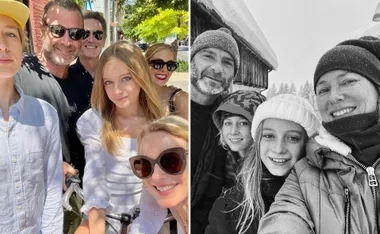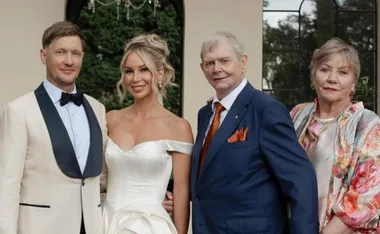Relationships aren’t easy. Around every corner lurks another obstacle or pressure ready to test our partnerships. If it’s not our friend’s enviable love life being flaunted in front of us, then it’s romanticised movie portrayals that leave us feeling unfulfilled. If it’s not talk shows telling us what’s normal, then it’s self-help books telling us what is not. Is it any wonder so many relationship myths exist?
Here are a few of the common misconceptions that could save you heartache and a trip to couples therapy, if you can just let them go.
1. Love conquers all
Blame those Hollywood weepies for this one. As much as we think true love is a show reel of hand holding, laughter and skipping on the beach at sunset, the reality is quite different.
Once the honeymoon period is over and the brain stops releasing chemicals that have turned you into a gooey version of yourself, naturally other issues introduce themselves. While love can certainly help get you through some tough issues concerning kids, money or lifetime goals, it can’t always protect you from life itself.
2. A great relationship has no conflict
Try as we might, most of us don’t live a Brady Bunch life full of ease and understanding. And really, it’d be pretty boring if we did. If arguing is done cleanly, it’s actually a very healthy part of a relationship. Emotional intimacy can blossom when conflict is used as a positive tool to learn and understand belief systems. Plus, when the heavy stuff is out the way, don’t forget the benefits of make-up sex.
3. My partner should be my best friend
Um, why? Isn’t your best friend your best friend; the one person you can whinge to about your partner? Often people believe their partner should be their everything, from lover to father to breadwinner (the list could go on) and that’s a lot of pressure to put on one person and a relationship. Separating best friend from partner generates a fear there’ll be less intimacy between the two of you but by letting go of this myth you’ll actually strengthen your bond.
4. Sex is not important for a good relationship
Okay, so sex may not be everything but it’s definitely something, especially if it’s unfulfilling. Sex doesn’t necessarily just mean intercourse either. In a relationship, the keyword is “intimacy” and if there’s a lack of cuddling, kissing or physical comfort, then issues of rejection and inadequacy are bound to affect your relationship.
The frequency or enjoyment of sex is also an important indicator of what’s going on in other areas of your life. For example, if you have a busy life and no time for each other, you probably won’t connect in the bedroom either. So watch for those red flags and place importance on time alone.
5. My partner should love me unconditionally
Up pops that Hollywood ideal again. Usually unconditional love is only reserved for parents/children and even then, only some. So the idea a person who’s walked into your life, who hasn’t created you, given birth to you or raised you, should love your every fault and flaw, is slightly naive and ridiculous. No person or relationship is perfect and that’s what keeps things interesting.
6. If you’re in the right relationship you won’t find others attractive
Yep that’s right, George Clooney is pretty revolting. We’d all love to hear that our partner thought the leggy blonde strutting past him was pretty average (that’s if he noticed her at all), but let’s face it, we weren’t made to ignore pretty things. As long as neither one feels inadequate or disrespected then appreciating beauty in others is a normal, natural instinct.
7. You can vent all your feelings in the right relationship
You may feel secure enough to blurt out every opinion you have but try to stop and think before you next have an attack of uncensored venting. Getting things off your chest may benefit you but damage the relationship, especially if there’s an inability to let go of things. So, always take a step back and consider exactly what you share with your partner because words can’t always be taken back.
8. The basis of a great relationship is common interests
Of course you’ve hit the jackpot if you find someone to share the love of flower arranging with but if it’s a deal breaker, you could have problems. Isn’t it more important to be on a similar page concerning child discipline or racism than stressing about his dislike of Sunday markets?
Growth and independence that come from separate interests are what makes a relationship healthy. What would you talk about if you did everything together?
Newsletter conversion description. Get the latest in your inbox.








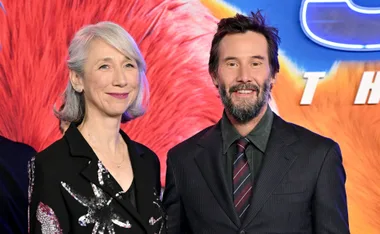

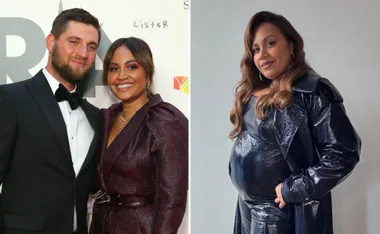













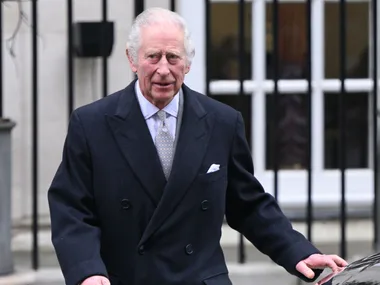
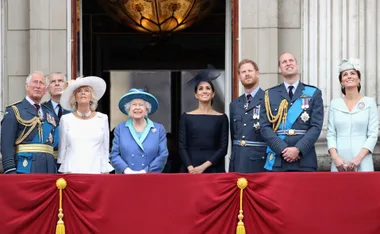
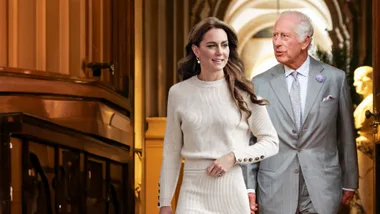


.jpg?resize=380%2C285)
.png?resize=380%2C285)

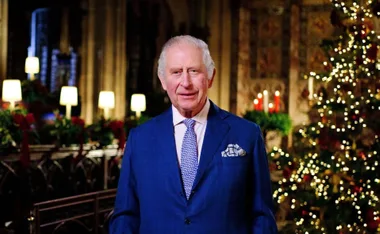
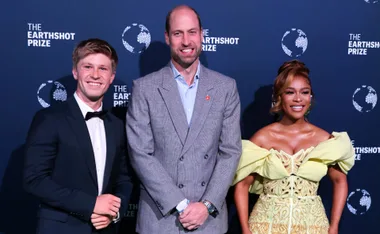

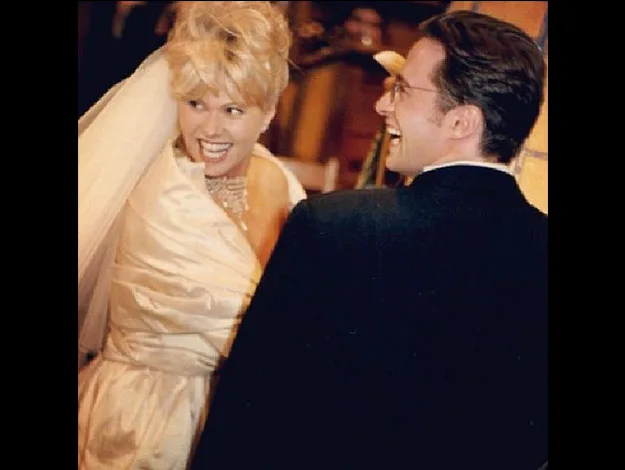

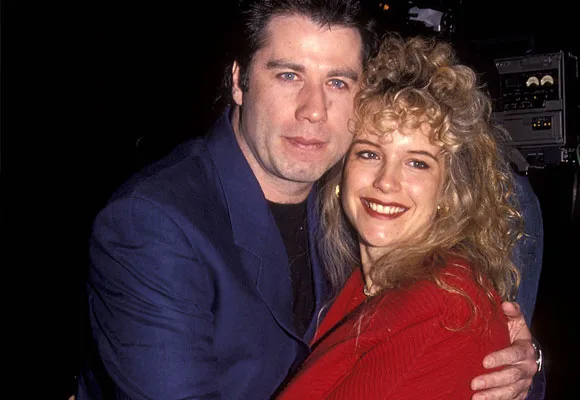

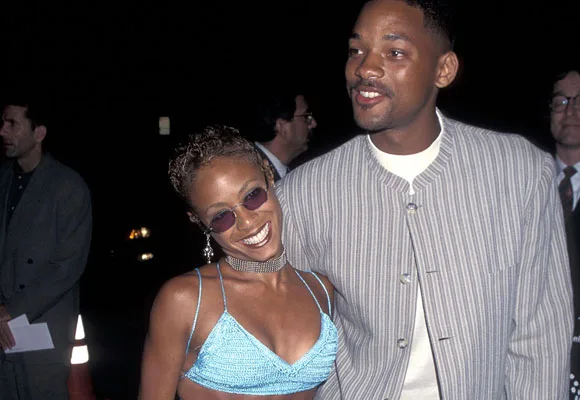
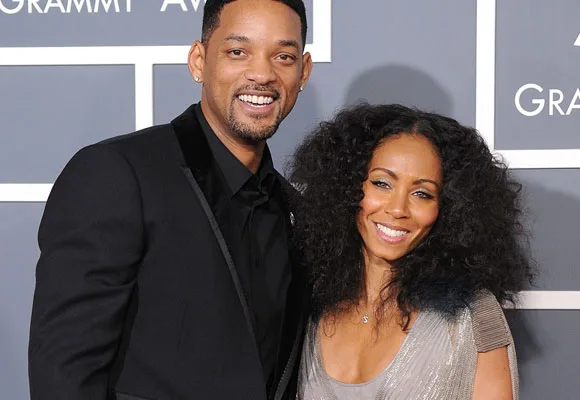
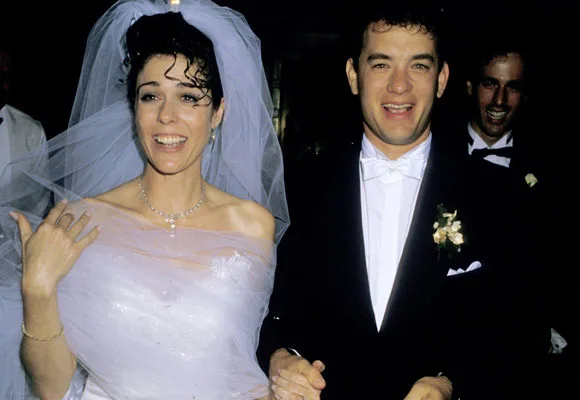

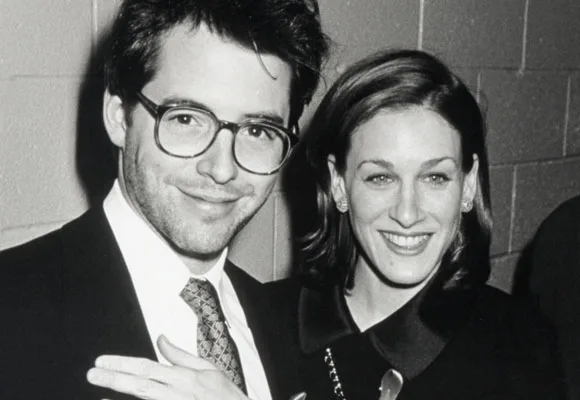
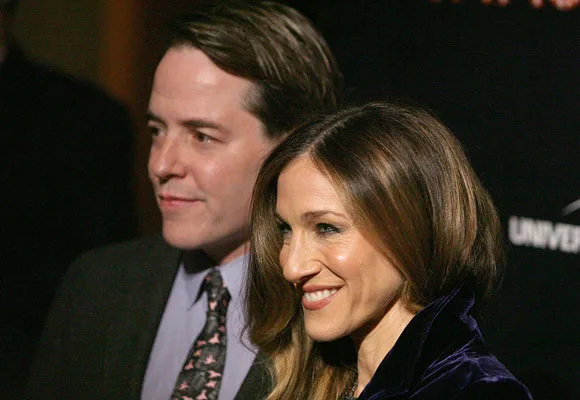
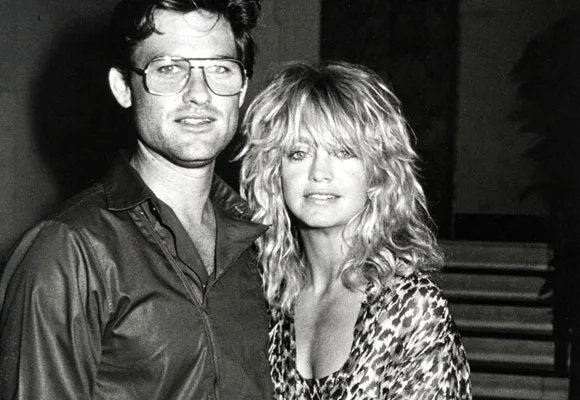

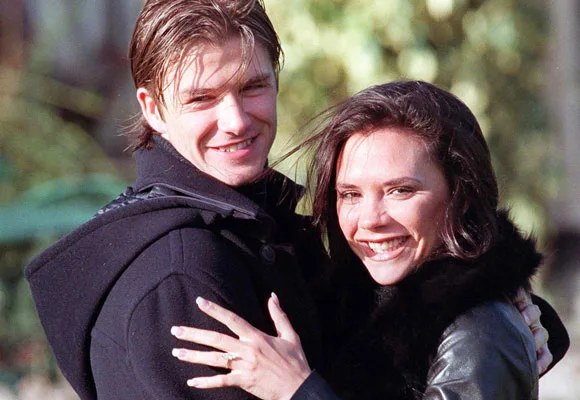

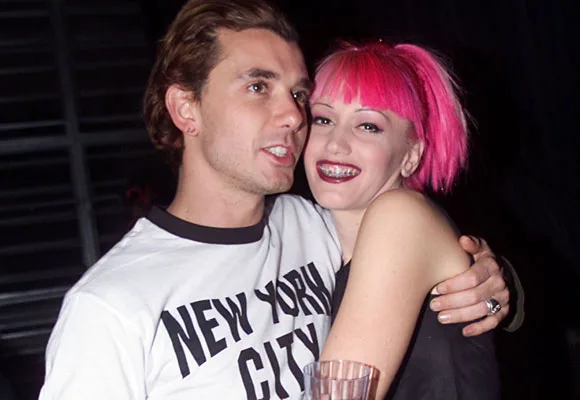
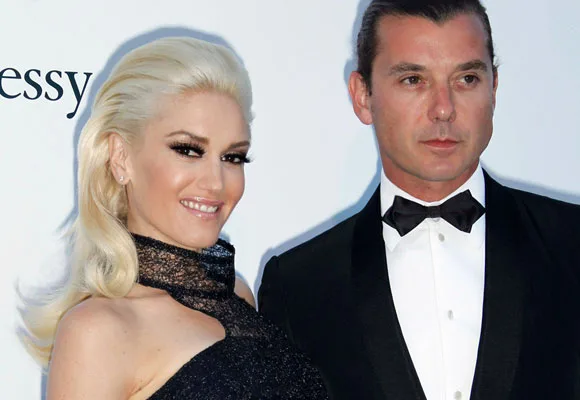

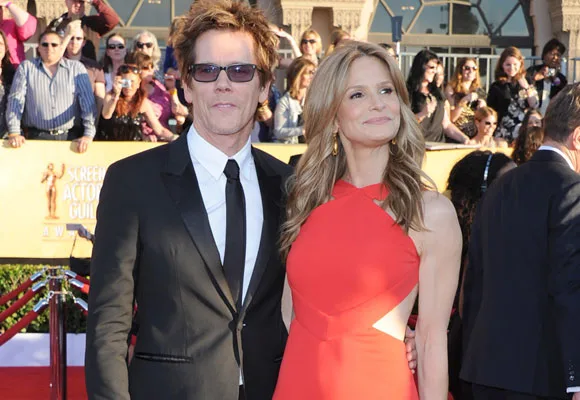
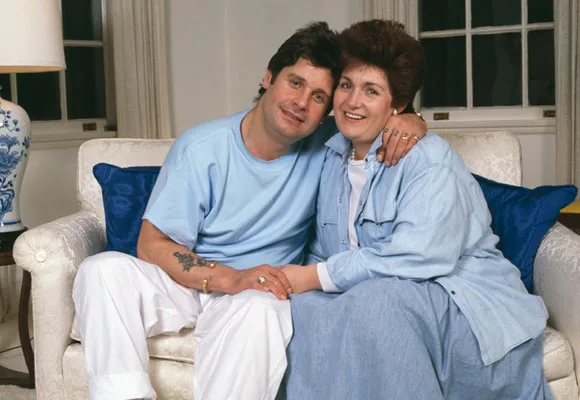
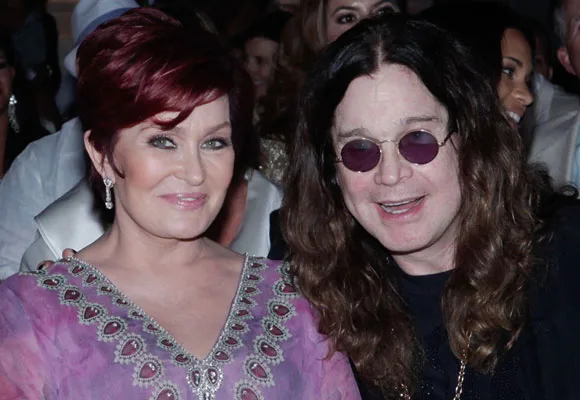

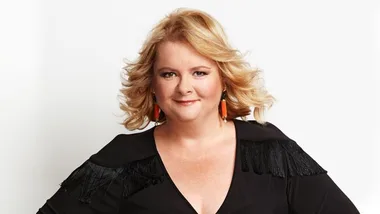


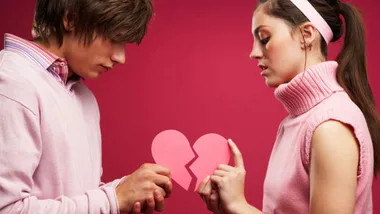












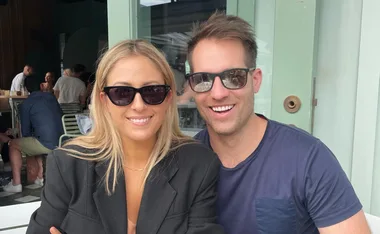

.png?resize=380%2C285)


